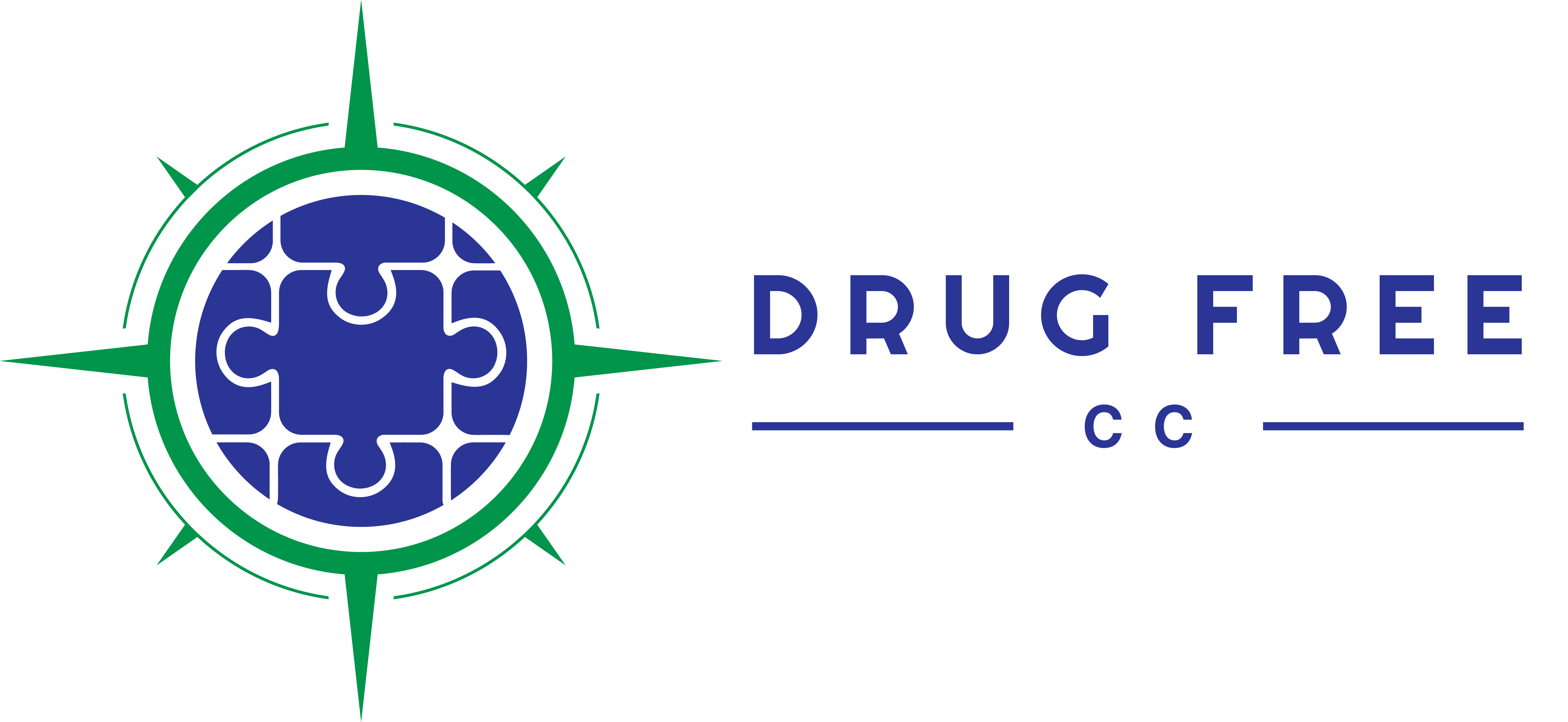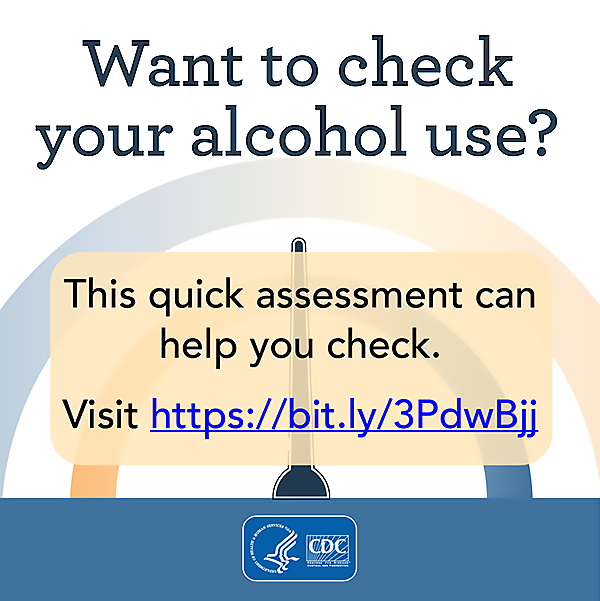ALCOHOL
What Is Alcohol?
Alcohol is a depressant drug that can slow down parts of the brain responsible for thought processing, behavior, reaction time, breathing, and heart rate. Drinking in excess leads to intoxication.
It is produced by fermenting or distilling fruits, vegetables, or grains. The alcohol content various by the type of alcohol produced. Beer and wine contain anywhere from about 5-15% alcohol. Hard liquors (vodka, whiskey, tequila, etc.) and "spirits" can contain a much higher amount. In the United States, the highest legally sold is 96%.
Alcohol is naturally clean and colorless and it gets its color from the ingredients used during the making process.
Alcohol is a legal substance for adults ages 21 and over and should only be consumed in moderation.
What Is Excessive Drinking?
Excessive alcohol use includes: heavy drinking, binge drinking, alcohol consumption by those under 21, any alcohol use by pregnant women
What Is Heavy Drinking?
For men, heavy drinking is typically defined as consuming 15 drinks or more per week. For women, heavy drinking is typically defined as consuming 8 drinks or more per week.
What Is Binge Drinking?
Binge drinking is defined as consuming 5 or drinks on one occasion for men and 4 or more drinks on one occasion for women. Binge drinking does not mean someone is dependent on alcohol but it is associated with a high risk of injury and disease.
Why Is Alcohol Intoxication Dangerous?
Alcohol intoxication can lead to:
- Impaired brain function leading to poor judgement, reduced reaction time, loss of balance and motor skills, or slurred speech
- Dilated blood vessels that result in rapid loss of body heat
- Increase risk of stroke and liver disease
- Damage to a developing fetus and risk of fetal alcohol spectrum disorders
- Increased risk of motor-vehicle traffic crashes, injuries, or violence
Signs Of Alcohol Use Disorder
Alcohol use disorder can be mild, moderate or severe, based on the number of symptoms you experience. Signs and symptoms may include:
- Being unable to limit the amount of alcohol drank
- Unsuccessful attempts at reducing drinking amount
- Spending a lot of time getting alcohol, drinking alcohol, or recovering from alcohol use
- Feeling a strong craving or urge to drink alcohol
- Failing to fulfill major obligations at work, school or home due to repeated alcohol use
- Continuing to drink alcohol even though it's causing physical, social, work or relationship problems
- Giving up or reducing social and work activities and hobbies to use alcohol
- Using alcohol in situations where it's not safe, such as when driving or swimming
- Developing a high tolerance to alcohol
- Experiencing withdrawal symptoms — such as nausea, sweating and shaking — when not drinking
Source: CDC
Underage Drinking
In 2022, according to the National Survey on Drug Use and Health (NSDUH), about 19.7% of youth ages 14 to 15 reported having at least 1 drink in their lifetime.
In 2022, 5.8 million youth ages 12 to 20 reported drinking alcohol beyond “just a few sips” in the past month.
Adolescent alcohol use differs by race and ethnicity. For example, at age 14, White, Black, and Hispanic youth are equally likely to drink. By age 18, White and Hispanic youth are twice as likely to drink than Black youth.
People ages 12 to 20 drink 3.2% of all alcohol consumed in the United States. Although youth drink less often than adults, when they do drink, they drink more. Approximately 90% of all beverages containing alcohol consumed by youth are consumed by youth who engage in binge drinkin.g
In 2022, 3.2 million youth ages 12 to 20 reported binge drinking at least once in the past month
Source: National Institute of Alcohol Abuse & Alcoholism
In Cleveland County….
Data tells us that youth know there is a risk - 40% of high school students acknowledge the risk of excessive drinking but many are choosing to still partake
9.2% of 6th graders have tried alcohol at least once in the last year
40.6% of 12th graders drank alcohol at least once in the last year
What To Do As A Parent
Be a Parent, Not a Friend. For more on how to navigate underage drinking and substance use, visit our Parent Help page.
Source: 2023 Cleveland County Pride Survey
If you or a loved one are suffering from substance use, help is available. Click the help button below to find local resources.

